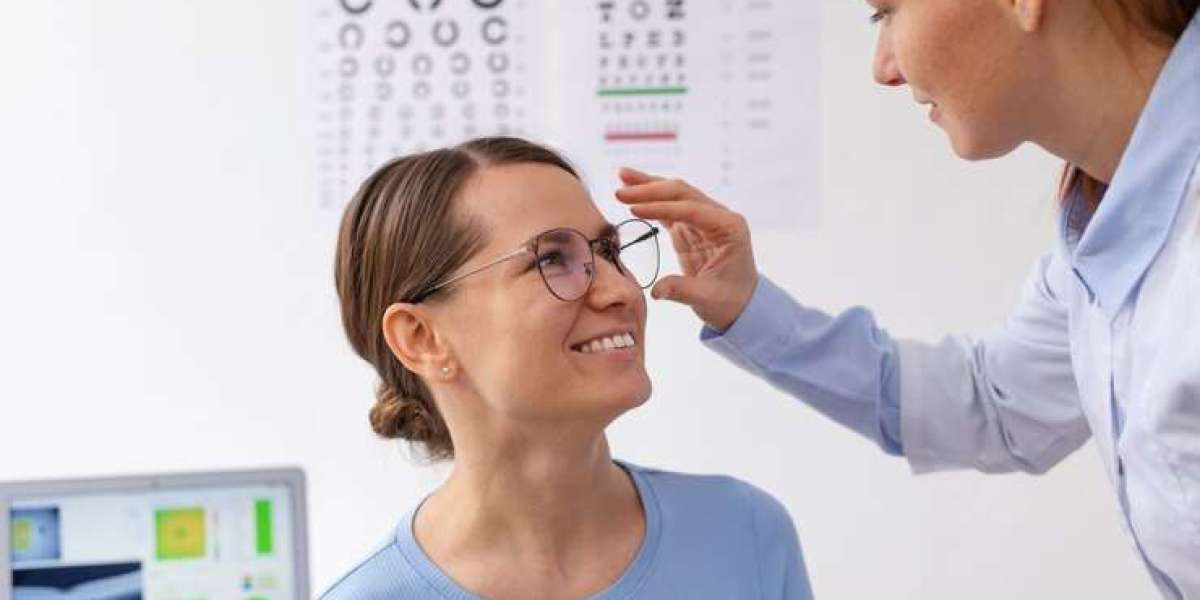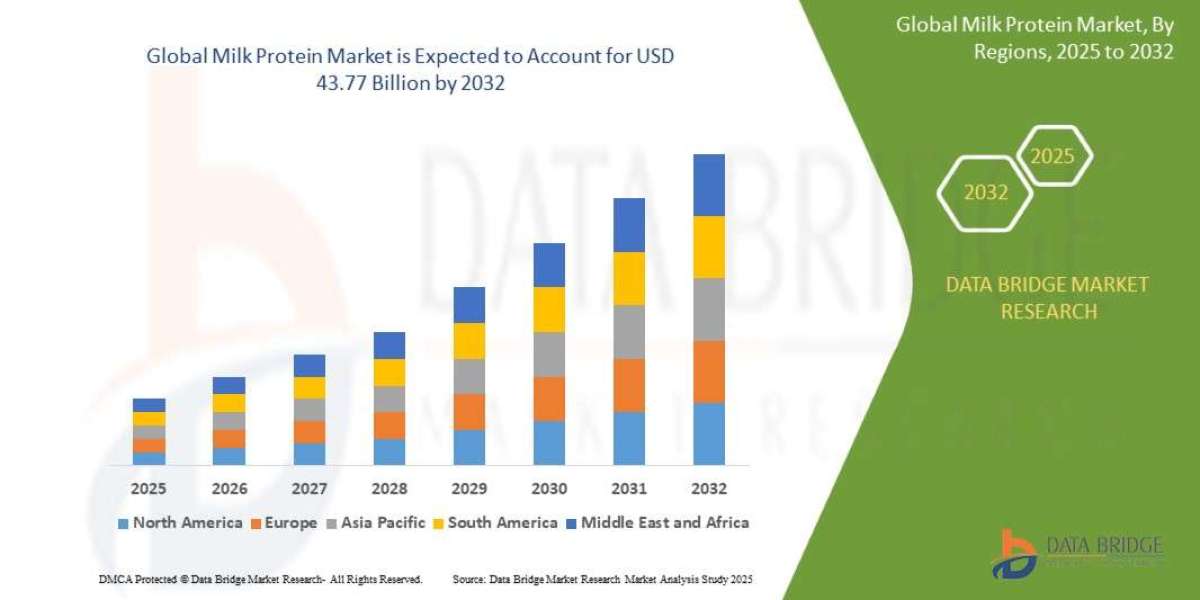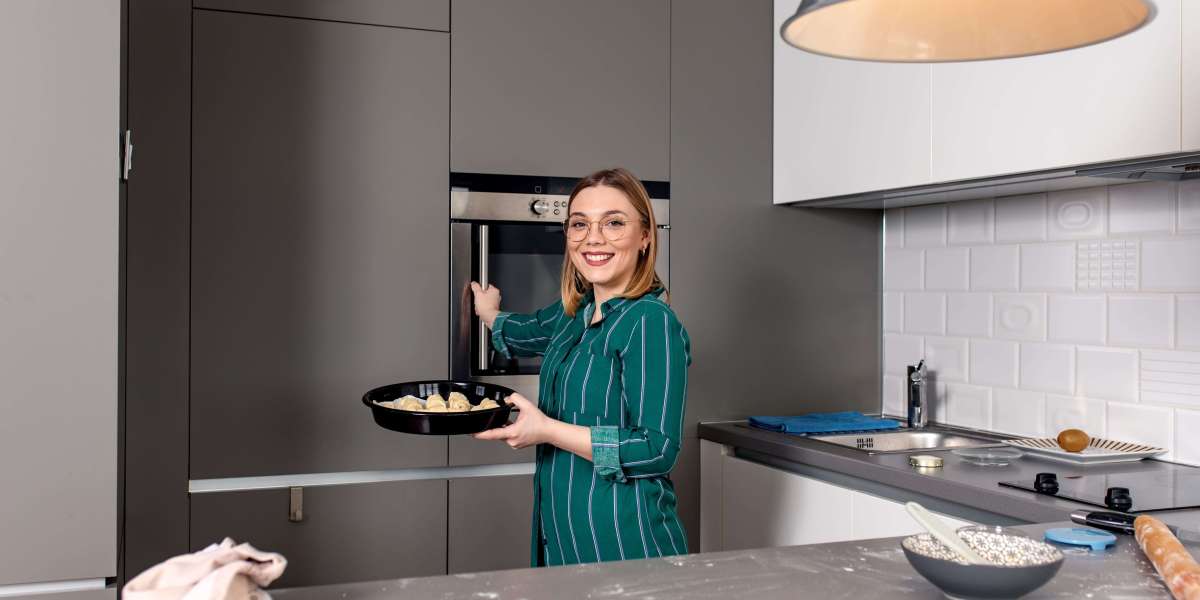Myopia, commonly known as nearsightedness, is a growing concern in Singapore. The condition causes distant objects to appear blurry while close-up vision remains clear.Myopia control management refers to a range of strategies aimed at slowing the progression of myopia in children and young adults. Over the past few decades, the prevalence of myopia has increased rapidly, especially among school-aged children. In fact, Singapore has one of the highest myopia rates in the world. This has raised the need for effective myopia control management across the country.
Children in Singapore are particularly affected due to a combination of genetic and environmental factors. High academic pressure, prolonged screen use, and limited outdoor time all contribute to the early onset and progression of myopia. If not managed properly, myopia can worsen with age and may lead to serious eye conditions such as retinal detachment, glaucoma, and myopic macular degeneration later in life. This is why early intervention and consistent management are essential.
Why Myopia Control Management Matters
Myopia control management refers to a range of strategies aimed at slowing the progression of myopia in children and young adults. These methods do not cure the condition but help reduce its impact over time. In Singapore, parents and eye care professionals are increasingly aware of the importance of managing myopia from an early age.
When myopia progresses unchecked, it often results in higher prescription levels and a greater risk of eye health complications. High myopia, usually defined as a prescription of -5.00 diopters or more, significantly increases the chance of long-term vision problems. Myopia management can reduce this risk and help preserve visual health in the long run.
Public Awareness and Parental Role in Myopia Management
Awareness about myopia control is growing in Singapore, but many parents still have limited knowledge about the options available. Education plays a crucial role. Parents must understand that regular eye exams are not just for updating glasses prescriptions—they are also vital for monitoring eye health and catching myopia early.
Once myopia is detected, parents can work with optometrists to choose a suitable control method. The earlier the intervention, the more effective it tends to be. It’s also important for parents to encourage healthy lifestyle habits, such as spending more time outdoors and limiting near work, especially during early childhood.
Methods of Myopia Control in Singapore
There are several clinically proven strategies used in Singapore for managing myopia. These include specially designed contact lenses, glasses, pharmaceutical eye drops, and lifestyle changes. Each method has its own advantages and is selected based on the individual’s age, lifestyle, and the degree of myopia.
Orthokeratology Lenses
Orthokeratology, also known as Ortho-K, involves wearing specially designed rigid contact lenses overnight. These lenses temporarily reshape the cornea, allowing the user to see clearly during the day without glasses or contact lenses. More importantly, Ortho-K has been shown to slow down the progression of myopia in children.
This method is popular in Singapore due to its non-invasive nature and convenience. Children can go about their daily activities, including sports and schoolwork, without needing corrective eyewear during the day. However, it requires strict hygiene practices and regular monitoring by an eye care professional.
Multifocal and Myopia-Control Glasses
Another effective approach is the use of myopia-control spectacle lenses. These are specially designed glasses that reduce eye strain and slow the elongation of the eyeball, which is the primary cause of myopia progression. These lenses are suitable for younger children or those who are not comfortable wearing contact lenses.
Multifocal glasses, commonly used for reading, can also be adapted for myopia control. In Singapore, these glasses are becoming more widely available through eye clinics and optometrists who specialize in pediatric vision care.
Atropine Eye Drops
Atropine eye drops are a pharmaceutical option that has been used in Singapore for many years. Low-dose atropine helps slow myopia progression by relaxing the eye’s focusing mechanism. These drops are typically applied once a day and are often recommended for children with rapidly worsening myopia.
Clinical studies in Singapore have shown that low-concentration atropine (such as 0.01%) is both safe and effective. It causes minimal side effects compared to higher doses and can be used over an extended period under professional supervision.
Lifestyle and Environmental Adjustments
Lifestyle plays a crucial role in myopia control. In Singapore’s urban environment, children often spend long hours indoors and on digital devices. Encouraging outdoor activities for at least two hours a day has been shown to help delay the onset of myopia.
Limiting screen time, taking regular breaks during near work, and ensuring good lighting conditions while reading or studying can also reduce eye strain. These simple yet effective habits support other myopia control methods and contribute to overall eye health.
Regular Monitoring and Professional Guidance
Myopia control is not a one-time solution but an ongoing process. Regular eye examinations are essential for tracking changes in prescription and adjusting management strategies accordingly. Eye care professionals in Singapore play a vital role in providing tailored advice and monitoring the effectiveness of treatment plans.
Comprehensive eye exams often include measuring eye length and curvature, which helps determine the progression of myopia. Based on the results, professionals may recommend changing the current method or combining multiple approaches for better results.
Role of Schools and Government Initiatives
Schools in Singapore are also involved in early detection and prevention. Vision screenings are often conducted to identify children who may need further evaluation. Additionally, educational campaigns by public health agencies raise awareness about the importance of eye care and encourage early intervention.
These efforts are part of Singapore’s broader strategy to address the rising rates of childhood myopia. By creating a collaborative approach involving parents, schools, and healthcare providers, the country aims to reduce the long-term burden of myopia-related vision problems.
Conclusion
Myopia control management is a critical aspect of maintaining long-term eye health, especially in a country like Singapore where the condition is highly prevalent. With a variety of effective methods available—from Ortho-K lenses and special glasses to atropine eye drops and lifestyle changes—parents have several options to help manage their children’s myopia.
The key is early detection, consistent monitoring, and professional guidance for eye problem. While no method can cure myopia, the right approach can significantly slow its progression and reduce the risk of future complications. As awareness grows, more families in Singapore are taking proactive steps to ensure their children enjoy clear and healthy vision for years to come.



